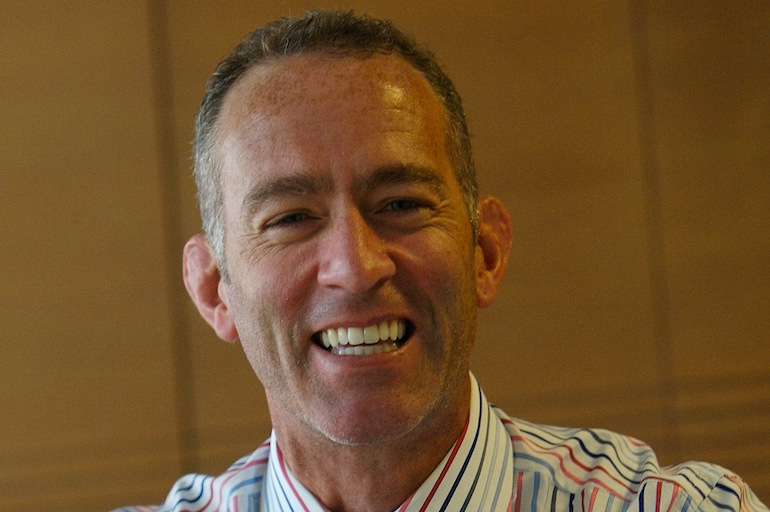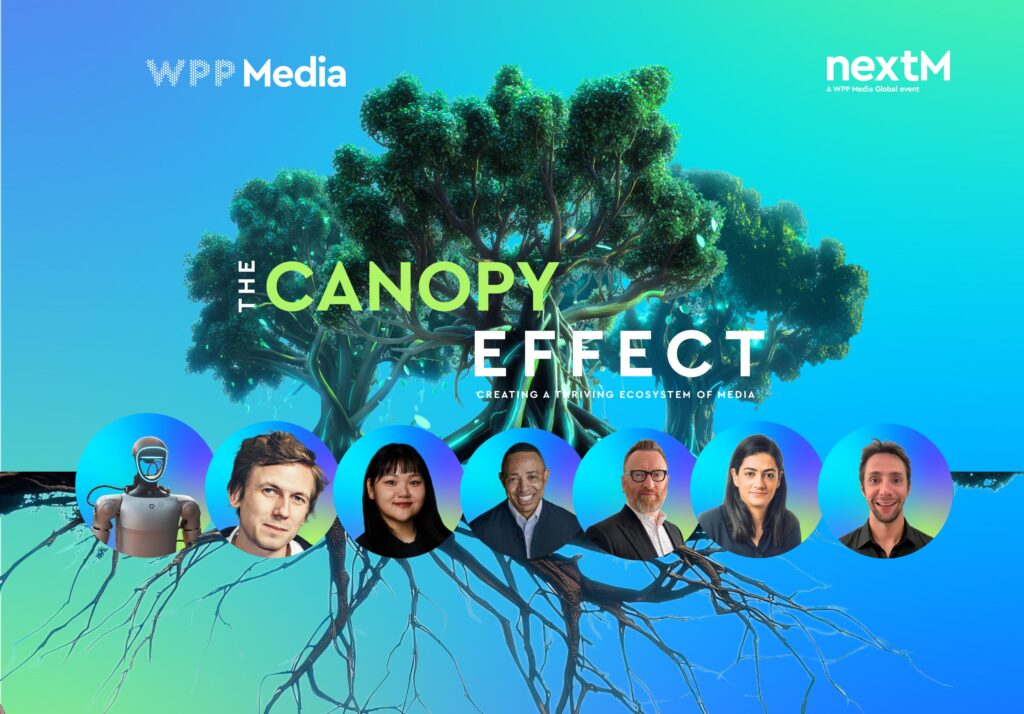By Ross Bethell, director of strategy at CBPR
The phenomenon that sees us attached to our phone screens for the majority of the day is what we are referring to when we discuss ‘mobile.’ Any service that is made available on a handheld or portable device is ‘mobile’, which encompasses all online websites, applications, and perhaps most importantly for PR, social media channels.
UAE residents reportedly spend five hours a day on Facebook, Twitter and YouTube, with a Global Media Insight survey showing that 56 percent of the UAE’s 5.4 million residents have active social media interaction, which is higher than Canada, Germany and South Korea. Social media penetration is extraordinarily high in this part of the world and owning a handheld device is de rigueur – we have developed a ‘digital sixth sense’ that sees us checking our phones hundreds of times a day to access mobile services on the go.
Mobile has shaken PR to its foundations and this is no exaggeration. If disruption is defined as “to prevent something, especially a system, process, or event, from continuing as usual or as expected”, then mobile has disrupted PR beyond belief. The mobile era has transformed the scope, tone, timescale and very structure of PR, broadening the scope of our work significantly in every respect.
Scope of mobile in PR
The PR landscape we operate within has been blown wide open by mobile devices and social media. ‘Business as usual’ once involved print publications enhanced by TV and radio, but this traditional PR tool kit now seems absurdly limited. Today, we have Twitter, Instagram, Facebook, YouTube, SnapChat and LinkedIn to consider, among myriad other platforms, not to mention a cornucopia of blogs and online publications. The communication channels have proliferated, obliging PR professionals to join the conversation, maximize results across multiple platforms, and boost their clients’ online presence dramatically. Without this, clients are simply behind the times and failing to meet their audience in the twenty-first century.
As a result, PR must now take a multi-channel approach to developing communication strategies that span both traditional media and online platforms. What this boils down to is fully integrating digital PR into communication campaigns, which must be tailored to address the clients’ objectives in line with the nuances of each social media channel. For example, LinkedIn is excellent for building thought leadership, Instagram is suited to product placement, Twitter provides quick-time engagement, and Facebook can be used to build a community. Thinking like a newspaper editor used to be enough, but it is not any longer; now, we need to be mobile natives who simultaneously think like Twitter, Instagram, bloggers and more.
While moving into new channels, PR has also gone global in the mobile era; communication is now borderless and our messages have the potential to reach worldwide audiences. This is both a boon and a burden, and it has transformed the way we develop and present content.
Tone of PR messaging on mobile
Mobile has not only changed where people consume news, but how they consume it. News is now read on the fly, in short form 140-character-limited snippets, or simply via visuals. In this context, PR’s new mandate is ‘engagement’, and content development is evolving to reach audiences on new and more meaningful levels.
When it comes to the written word, press releases were once the order of the day, as they appealed to newspaper and magazine editors with the space to publish in-depth pieces, and to readers who sought out long-form reading material. Mobile has significantly shortened the attention span of most readers and made SEO and share of voice top priorities for savvy publications, so the demand for eye-catching, digestible content has never been higher.
As a result, there is now a new focus on concise, brief and shareable content that tells a story. Given that many consumers will only glimpse a headline popping up in their feed, PR professionals are now practicing a condensed style of communication that creates maximum impact with minimum fuss.
Mobile has also taken PR storytelling far beyond the written word. They say a picture is worth a thousand words, and PR is increasingly making use of infographics, videos and images to explain company values or products to key stakeholders. With the growing popularity of social media platforms like Instagram and Pinterest, creating striking visual content is sure to become an increasingly important PR skill.
Timescale of mobile PR
What used to be a tomorrow deadline has become a yesterday deadline – mobile has seen PR jump to light-speed. Mobile devices and social media channels have made news not only round-the-clock but also real-time, with consumers constantly sharing updates and playing an active role in shaping the news for the first time. Mobile has redefined the concept of ‘breaking news’, which is now most likely to be revealed on social media via a post from an individual who was in the right place at the right time.
This has put pressure on the PR timescale and upped the demand for immediate communication that remains ahead of the curve – a tall order. Mainstream news channels have adapted by having reporters on the ground to provide the latest on Twitter, and PR has sped up its activities to send more news out of the door than ever before.
Mobile has also changed the balance of power, giving consumers a voice and making it more difficult for PR to steer the conversation and control the news. Just one negative post can bring a company’s reputation crashing down, so PR professionals now have their ears to the ground at all times.
Adapting to the mobile era
Forward thinking PR has always ‘thought outside the box’ and this has allowed our industry to adapt to and benefit from the mobile era. A number of new priorities have emerged with this phenomenon, including crisis communication, integrating digital PR and, more recently, influencer marketing.
Crisis communication and reputation management has become an essential part of PR. With the mass becoming the media and the news consumed on mobile devices becoming increasingly uncontrollable and volatile, the social media sphere can be a devastating place to operate within. To combat the unpredictable and quick-fire nature of the mobile world, PR professionals are putting careful crisis communication strategies in place, which focus on preventing gaffes from ever happening, rather than simply tidying up the mess. This involves shaping positive public perception of the client to foster goodwill, providing detailed guidelines for social media engagement, and remaining on constant lookout for errant posts and comments. A significant portion of the action plan should be dedicated to prevention, while also offering advice for minimising loss and downtime during a crisis, and ensuring that there is consensus with strategic goals while communicating with the press and the public.
It is now almost unheard of for a PR campaign not to include a digital element; indeed for PR to be successful today, it absolutely must embrace the mobile world. Comprehensive digital PR programmes should be fully integrated with the wider public relations strategy, from creating content to managing activities across social media platforms and creating responsive website designs that are viewable on every screen. The aim should be to widen exposure and reach new audiences, creating seamless communication that harnesses the power of all available channels.
For this reason, influencer marketing is also being incorporated into PR campaigns for the first time. This is born of the realisation that traditional branded content simply doesn’t resonate with audiences anymore, and that the new consumer demand for authenticity and the genuine article is best answered by a real person.
Mobile has disrupted PR hugely and forced us to develop new ways of conducting business. In this context, influencer engagement has the potential to add a valuable string to our bow, combining the very best of the mobile world – multi-channel reach, viral content and real-time engagement that resonates with audiences the world over.





